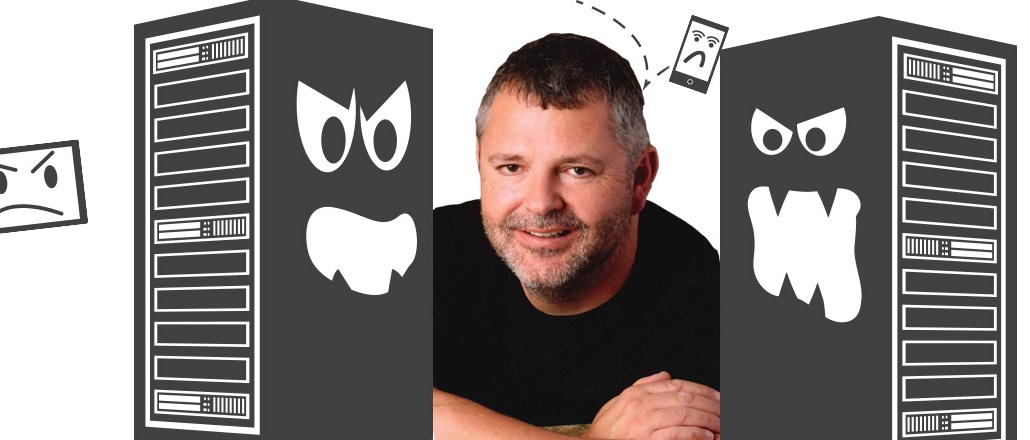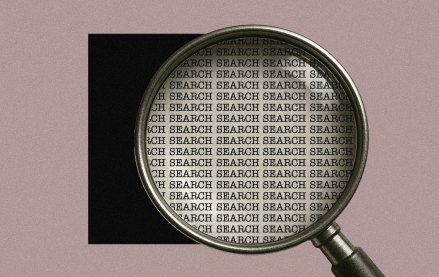Save 50% on a 3-month Digiday+ membership. Ends Dec 12.

Traditional publishers like to talk about the trust they’ve built up with readers and advertisers over time. But in today’s scale-driven digital economy, heritage alone isn’t enough. That’s why they’re making a big push for technology-driven efficiencies — and why the CTO is the new star of the publishing company.
Time Inc.’s CTO Colin Bodell was an eight-year vet of Amazon before joining the publisher in February 2014 (and, as a spokeswoman is quick to point out, he holds four patents). True to type, Bodell wears stubble and a black T-shirt to work. Inflated palm trees and monkeys sprout from cubicles in the IT department, bringing a touch of techie to the otherwise staid Time & Life building.
The problem is, digital contributes only 17 percent of Time Inc.’s ad revenue and isn’t growing fast enough to offset its declining print business. Bodell is betting that centralizing the company’s disparate technologies will jump-start growth by speeding the creation of new ad and consumer products. While the media world fetishizes digital native publishers like BuzzFeed and Vox with their tech platforms, Bodell believes that Time Inc.’s editorial legacy gives it a competitive advantage.
“If I want to learn what’s going on in a presidential election, I’m not going to BuzzFeed or Vox,” he said. “I’m betting that we can do technology faster than they can build that heritage of deep relevancy.” In an interview, he explained how.
Common platform
When Bodell came to Time Inc. in February 2014, he found a sprawling portfolio of weeklies and monthlies in the U.S. and U.K. that operated on different content-management systems, making it time-consuming to share content across titles and redesign sites. Building a new app used to cost upwards of $100,000. So he’s moving all the brands over to a Drupal CMS by the end of the year, recognizing, as rival Hearst has, that being on the same platform will help brands increase their traffic faster by easily sharing articles and code and create new apps at a fraction of the old cost.
Editors and salespeople across the titles already are able to get a view of what’s happening companywide with a site called One Bot, which shows how articles from their own titles are trending compared to those of their competitors.
Build it, ship it
The old days of multimillion-dollar magazine launches are over. Time Inc. is speeding up the product development process by putting out minimally produced products quickly and at low cost, then adjusting (or killing them off) based on feedback from customers. Time Inc. introduced a Cooking Light subscription product this way. This was followed by The Daily Cut, a centralized platform for all Time Inc.’s digital video, which launched in January. The current version is basic, but the company plans to build on it by adding commenting and sampling features.
Data centers
The company had five large data centers, one of which is housed in the Time & Life building, which seemed to Bodell to be a waste of valuable real estate. So he’s moving the data to the cloud-based Amazon Web Services by the end of the year, which he expects will save the company $5 million to $6 million a year.
Paywalls
Once free became the default model for digital publishing, it’s been hard for publishers to get consumers to pay for their content. Few titles have digital content that’s differentiated enough. Bodell doesn’t see Time Inc. rolling out “hard” paywalls across the company, but he does see the opportunity for the company to get more out of its brands’ most devoted fans, by way of metered models with a high threshold or asking people to “pay” for access by providing information about themselves. A flexible paywall platform is set to be released by the end of June. “This system will let us experiment with different models,” he said.
E-commerce
Like many traditional publishers, Time Inc. believes it can use its credibility with readers to sell them products, but unless they fully commit to becoming retailers, with all the headaches that entails, the revenue opportunity is small. Bodell says an obstacle keeping more titles from doing e-commerce is the hassle involved in setting up the online process, so he’s leading the creation of a shared e-commerce platform that will let any single magazine set up an online shop in under a week. A temporary version of the platform should be released by the end of the year.
Big data
Time Inc. collects a ton of data on its readers, but it takes analytics expertise to access it. Bodell is leading a Big Data effort to consolidate the data and enable employees to query it in a self-serve manner. Bodell sees three main benefits: a sales rep could query the data to identify specific audiences that would be of high value to advertisers; the edit side could use it to identify what topics readers are interested in; and Time Inc. could license it, anonymized, to third parties.
Getting buy-in from the individual titles is hard when they’re concerned about how moving to a new CMS will disrupt their workflow. A common complaint is that there aren’t enough resources go to around, which Bodell said will change once his big projects are up and running. “It was not a snap of the finger,” Bodell acknowledged. His pitch is that the short-term disruption will ultimately pay off in efficiency.
As much as the trust pitch carries some weight with ad buyers, they also want to see that a company like Time Inc. is growing with young consumers. “Loyalty to brands to some degree is starting to fade away,” said Ray Romero, vp of digital activation at Horizon Media. “I don’t know how far legacy will keep them.”
Image courtesy of Filip Maljković.
More in Media

Workforce data, smarter AI integration among greatest workplace priorities in the new year
The growing importance of workforce data is just one of the prognostications people managers are making looking to the year ahead.

WTF is AI citation tracking?
Publishers are tracking AI citations to understand visibility, attribution gaps and referral traffic in these tools and platforms.

As big brands flood the podcast ad space, startups are refining strategies to stand out
While a influx of big advertisers is good news for podcast companies, it also makes it more challenging for small- to mid-sized brands to stand out in the space.





